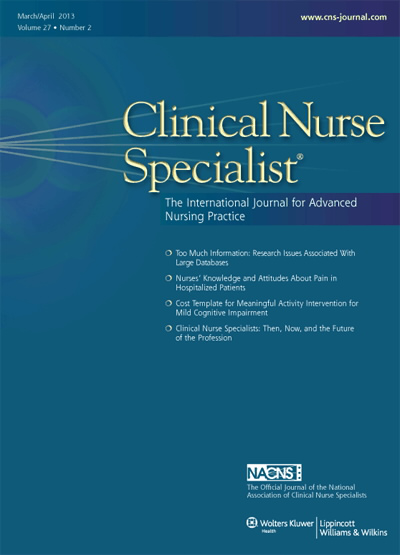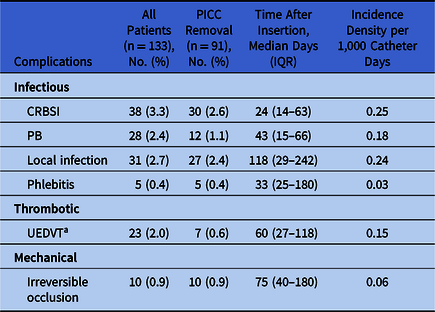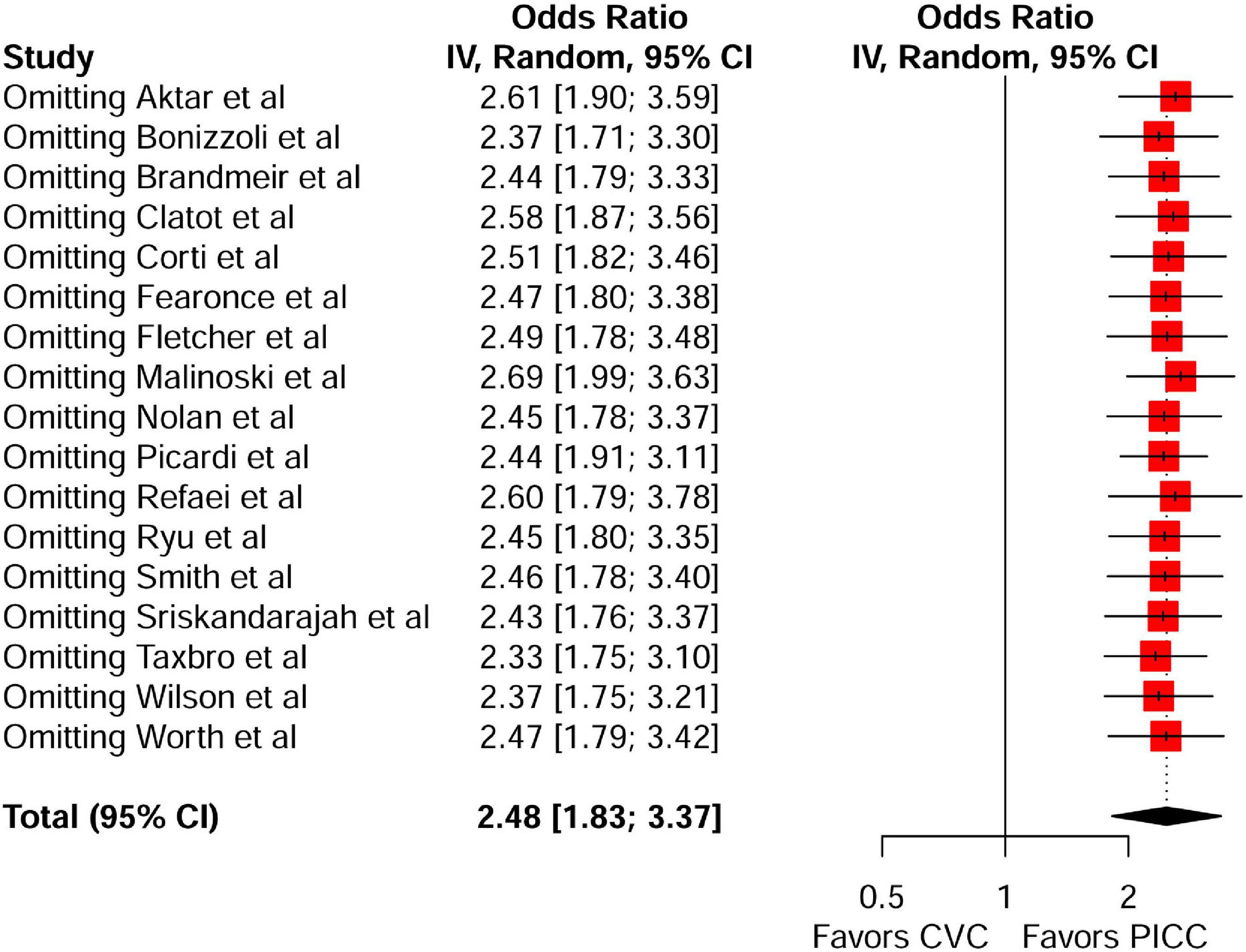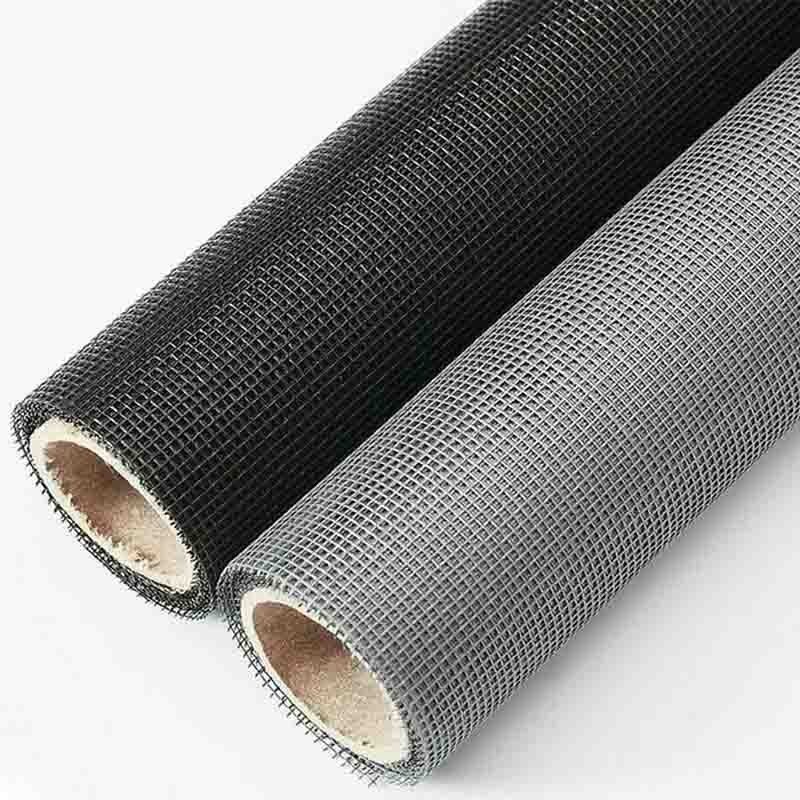Risk factors for early PICC removal: A retrospective study of adult inpatients at an academic medical center
Background Use of PICCs has been rising since 2001. They are used when long-term intravenous access is needed and for blood draws in patients with difficult venous access. Objective To determine which risk factors contribute to inappropriate PICC line insertion defined as removal of a PICC within five days of insertion for reasons other than a PICC complication. Design Retrospective, observational study. Setting Tertiary-care, Level 1 trauma center. Patients Adult patients with a PICC removed 1/1/2017 to 5/4/2020. Measurements Frequency of PICC removal within five days of insertion and associated risk factors for early removal. Results Between 1/1/2017 and 5/4/2020, 995 of 5348 PICCs inserted by the IV nursing team were removed within five days (19%). In 2017, 5 of 429 PICCs developed a central line-associated infection (1.2%) and 29 of 429 PICCs developed symptomatic venous thromboembolism (6.7%). Patients with PICCs whose primary service was in an ICU were independently at higher risk of early removal (OR 1.44, 95% CI 1.14, 1.83); weekday insertion was independently associated with a lower likelihood of early removal compared to weekend insertion (OR 0.60; 95% CI 0.49, 0.75). Limitation PICC removal after discharge was not assessed and paper records were likely incomplete and biased. Conclusion Nearly one in five PICCs were removed within five days. Patients whose primary team was in an ICU and PICCs ordered on weekends were at independently higher risk of early removal.

Dr. Burton Shen, MD – Providence, RI

Nursing Reports, Free Full-Text

2013 NACNS Annual Conference: Clinical Nurse Specialists Leading Innovations for Healthcare Change, Article

Multivariable Logistic Mixed Model for Predictors of Short-Term PICC Use

Preventing PICC Complications: Whose Line Is It?

A novel infection prevention approach: Leveraging a mandatory electronic communication tool to decrease peripherally inserted central catheter infections, complications, and cost - ScienceDirect
Effect plots controlling for PICC size, prior DVT, and surgery for all

Five-year outcome of peripherally inserted central catheters in adults: a separated infectious and thrombotic complications analysis, Infection Control & Hospital Epidemiology

Pediatric invasive device utility and harm: a multi-site point prevalence survey

2835 PDFs Review articles in CATHETER-RELATED INFECTIONS

Frontiers The incidence and risk of venous thromboembolism associated with peripherally inserted central venous catheters in hospitalized patients: A systematic review and meta-analysis








